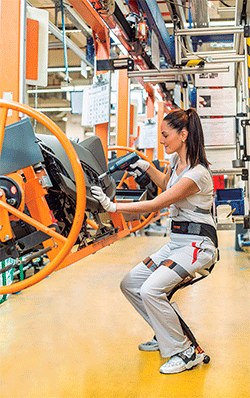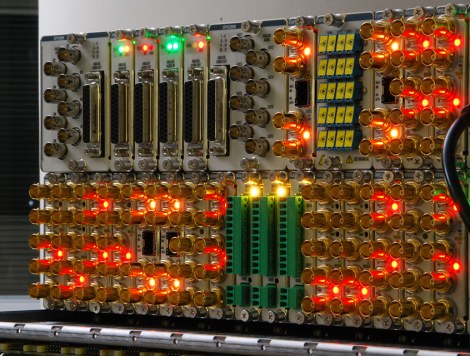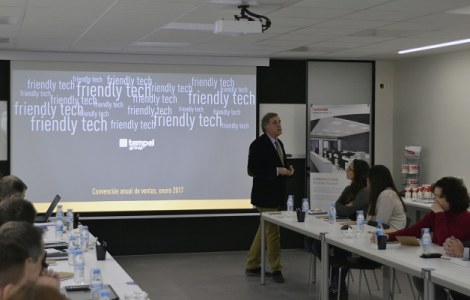Humans and Robots Serving Patients
Service robotics is revolutionizing medicine and health; high technology provides higher quality from surgery to rehabilitation.
In creating diagnostics, for complicated surgical procedures, as well as in daily hospital work, service robots are becoming the perfect teammates for people. AUTOMATICA takes a look at the protagonists of a new era in Munich from June 21 to 24, 2016.
Freedom from wheelchairs thanks to the iron man
Robots have many faces. As exoskeletons, they free workers when lifting and carrying heavy objects. ReWalk Robotics applies this idea to quadriplegics so they can walk again. As a result, the company won the first ESA BIC Start-Up award in automatic 2014. The custom exoskeleton improves joint function, safety and alignment.
The patient can go for a walk, enter buildings without a ramp, hold conversations at eye level, and is more independent. This positively affects your bone density and body fat, improves posture and reduces pain; he is part of society again. The exoskeleton is also used in hospitals for exercises and therapy.
Robots – a gift for surgery
The precision of an assistive robot provides enormous benefits in surgery for both doctors and patients. CARLO (Computer Assisted, Robot-Guided Laser Osteotome) of Advanced Osteotomy Tools (AOT) AG is a pioneer in the operating room; cuts bones without contact and thoroughly, thanks to laser light. Meanwhile, it is continuously monitored by sensors and doctor, which ensures safety and high precision. “This means optimal safety of the intervention and faster healing for the patient,” explained Dr. Alfredo Bruno, CEO of AOT AG.
Hope for cancer patients
Assistive robotics also enables delicate treatment in radiosurgery. For example, the cyber-Knife technology developed at Stanford University treats tumors with high sub-millimeter precision using mobile robotics and digital imaging. “The treatment is given to people as outpatients and is painless; the surrounding tissue receives significantly less radiation, and an operation is unnecessary.
The patient can resume his normal schedule immediately after the treatment,” explained Professor Dr. Alexander Muacevic of the European Cyber-Knife Center, who has already performed 6.000 of these treatments successfully.
Treating a patient in radiotherapy correctly and accurately is becoming more and more difficult, because the number of recognized and treated structures is increasing. With the positioning system from Buck Engineering and Consulting (BEC) GmbH, patients can be flexibly positioned, precisely aligned and irradiated. “The economic efficiency of the radiation source is increased, which is a positive aspect for the operators of radiotherapy centers and the manufacturers of this equipment,” explained Director General Matthias Buck.
More care and attention in hospitals
Driverless transportation systems are experiencing a boom. They take care of routine tasks. For those receiving care, this means more personal attention, optimal care, and greater satisfaction. One example is Aethon's autonomous TUG® delivery robot. In hectic hospital environments, transport merchandise between pharmacy, laboratories, environmental services, food distribution, laundry service and blood bank. BlueBotics SA developed the EVOcart™ automatically controlled vehicle for hospitals together with Oppent SpA. Navigation is through laser scanning and does not require signs on the floor, walls or ceiling. EVOcart™ won second place in the Service Robotics Masters Award at AUTOMATICA 2014.






